The Standards for Mathematical Practice contain eight types of expertise that students should strive for. These standards stress the importance of understanding what a problem is asking, creating a solution using tools and models, and communicating this solution with peers. Skills such as problem-solving, reasoning, and using tools and models appropriately are important at all grade levels.
1. Make sense of problems and persevere in solving them.
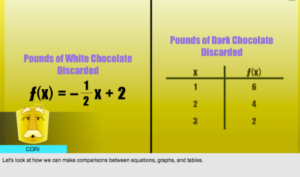 Students must understand how to break apart problems into simpler pieces, plan how they intend to solve the problem, and continuously monitor their solution and ask themselves if it makes sense. After providing students with the basic skills to solve a problem, it’s important to build on this knowledge by asking questions that combine integral concepts in a word problem. Students also must learn how to compare ideas written in different ways. By fluidly moving between different forms of the same equation, students can make comparisons and decisions in real-world scenarios.
Students must understand how to break apart problems into simpler pieces, plan how they intend to solve the problem, and continuously monitor their solution and ask themselves if it makes sense. After providing students with the basic skills to solve a problem, it’s important to build on this knowledge by asking questions that combine integral concepts in a word problem. Students also must learn how to compare ideas written in different ways. By fluidly moving between different forms of the same equation, students can make comparisons and decisions in real-world scenarios.
2. Reason abstractly and quantitatively.
 Students must learn how to represent a situation symbolically with numbers and symbols, but they also must understand what that equation or process means in context. They should be able to translate a word problem into a mathematical process, then relate their answer back to the original context and include the correct units. By giving students problems in the context of a real-world scenario, they can learn to solve these problems using the math skills they are working on, then relate it back to the original problem.
Students must learn how to represent a situation symbolically with numbers and symbols, but they also must understand what that equation or process means in context. They should be able to translate a word problem into a mathematical process, then relate their answer back to the original context and include the correct units. By giving students problems in the context of a real-world scenario, they can learn to solve these problems using the math skills they are working on, then relate it back to the original problem.
3. Construct viable arguments and critique the reasoning of others.
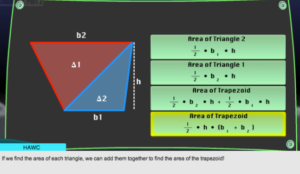 Students must learn how to formulate a conjecture and build a series of logical statements to support it. Arguments should be constructed logically, using definitions, rules, models, drawings, and diagrams. By comparing their reasoning and proof with peers, and evaluating each others’ arguments, students can decide which methods and solutions make sense, identify flawed logic, and improve their own skills.
Students must learn how to formulate a conjecture and build a series of logical statements to support it. Arguments should be constructed logically, using definitions, rules, models, drawings, and diagrams. By comparing their reasoning and proof with peers, and evaluating each others’ arguments, students can decide which methods and solutions make sense, identify flawed logic, and improve their own skills.
4. Model with mathematics.
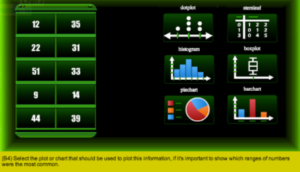 Incorporating a wide variety of models, such as tables, graphs, and diagrams, allows students to learn how to represent and visualize complicated situations. Students create and analyze these models to understand relationships and draw conclusions. It’s also important for students to understand when to use each type of model, and how to apply them to real situations. Students should learn how to choose an appropriate model and when one may be more useful than another.
Incorporating a wide variety of models, such as tables, graphs, and diagrams, allows students to learn how to represent and visualize complicated situations. Students create and analyze these models to understand relationships and draw conclusions. It’s also important for students to understand when to use each type of model, and how to apply them to real situations. Students should learn how to choose an appropriate model and when one may be more useful than another.
5. Use appropriate tools strategically.
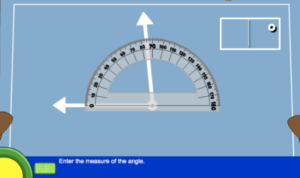 Students must learn how to choose an appropriate tool, how to read the tools with precision, and what the tools represent. By using tools to solve problems, students gain a deeper understanding of concepts, such as how to convert units from one system of measurement to another. Students must also make decisions on the best tool to use in different situations.
Students must learn how to choose an appropriate tool, how to read the tools with precision, and what the tools represent. By using tools to solve problems, students gain a deeper understanding of concepts, such as how to convert units from one system of measurement to another. Students must also make decisions on the best tool to use in different situations.
6. Attend to precision.
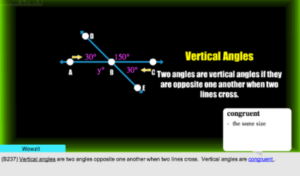 Students should understand and be able to use precise definitions when describing mathematical concepts and symbols. By carefully specifying unit of measure and labeling graphs appropriately, students are able to give a more accurate answer to problems, with less chance of misunderstanding. These terms and definitions should be used in students’ own writing as well.
Students should understand and be able to use precise definitions when describing mathematical concepts and symbols. By carefully specifying unit of measure and labeling graphs appropriately, students are able to give a more accurate answer to problems, with less chance of misunderstanding. These terms and definitions should be used in students’ own writing as well.
7. Look for and make use of structure.
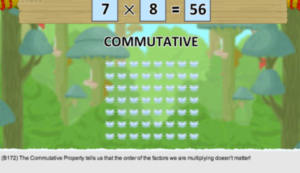 Recognizing patterns or structures is an important step in understanding many mathematical concepts. For example, by understanding multiplication as repeated addition, or the fact that 7 × 3 and 3 × 7 is the same answer, students begin to recognize rules and definitions. By showing ideas visually and allowing the students to interact with manipulatives, students often have an easier time seeing patterns.
Recognizing patterns or structures is an important step in understanding many mathematical concepts. For example, by understanding multiplication as repeated addition, or the fact that 7 × 3 and 3 × 7 is the same answer, students begin to recognize rules and definitions. By showing ideas visually and allowing the students to interact with manipulatives, students often have an easier time seeing patterns.
8. Look for and express regularity in repeated reasoning.
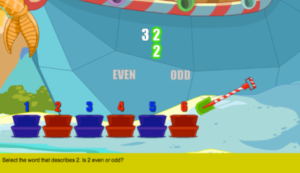 Students who notice when they are performing a calculation repeatedly have an easier time recognizing general methods and shortcuts. For example, recognizing a repeated calculation is essential when determining whether a decimal is repeated or not. Identifying a function or pattern also relies on students recognizing repeated reasoning.
Students who notice when they are performing a calculation repeatedly have an easier time recognizing general methods and shortcuts. For example, recognizing a repeated calculation is essential when determining whether a decimal is repeated or not. Identifying a function or pattern also relies on students recognizing repeated reasoning.

0 Comments